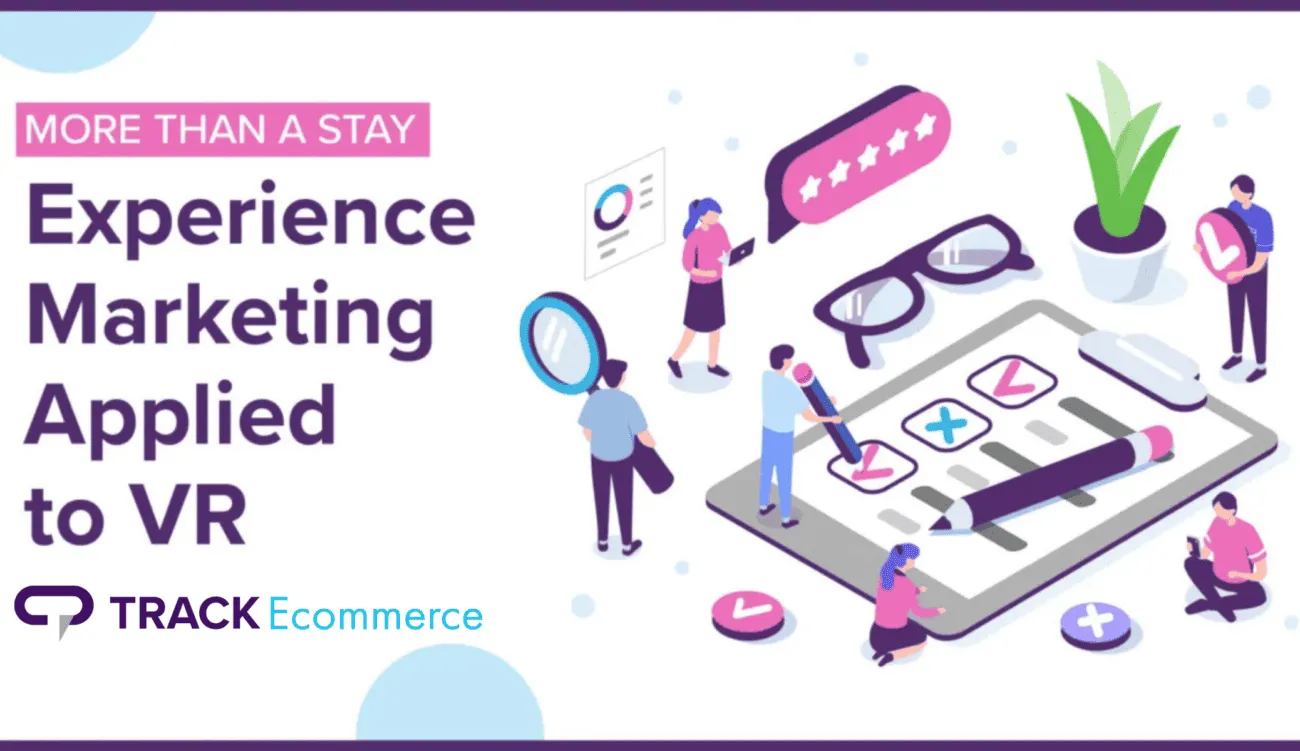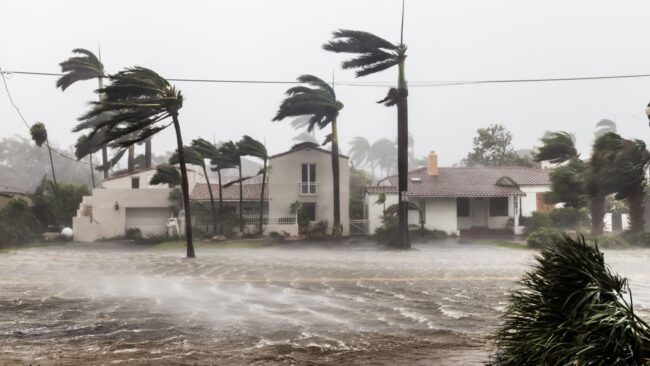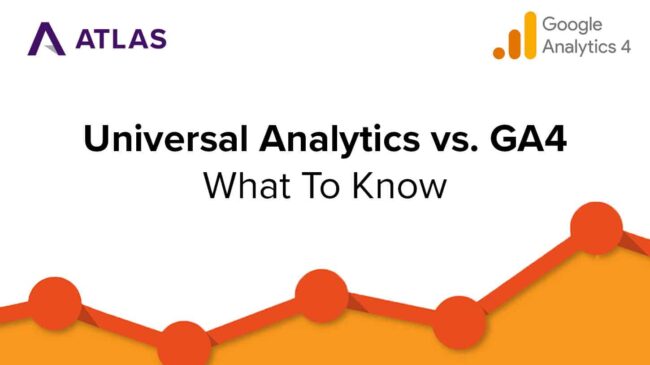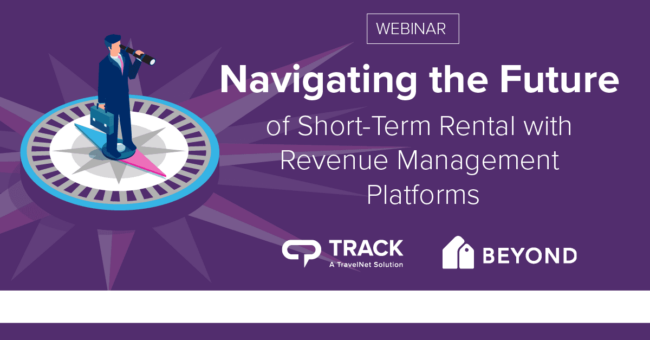More Than a Stay: Experience Marketing Applied to VR

Daily life was becoming more transactional before COVID hit. Fast pay, one click, grab n’ go. Now we can add social distancing and vaccine restrictions to the mix. The mechanisms that extract money from our wallets have gotten scarily efficient.
It wasn’t that long ago when a family vacation required weeks of consideration and planning, gathering recommendations and building budgets. Now, you can book a five-figure trip in a few clicks and work out the details later because they, too, are close at hand.
But in the business world, if everyone else zigs, maybe you should zag. Maybe single-serving stays that begin with check-in and end with check-out aren’t the way to earn loyalty and great reviews.
Thoughtful consideration of the entire guest journey is what experience marketing is all about, and thinking beyond the stay is the best way to stand out in the crowd.
What’s Experience Marketing?
To be sure, experience marketing (or brand experience) is loosely defined, but basically, it refers to marketing activities that focus on the end-to-end experience rather than the core value offering. Think of it as the important but unsung padding that underscores the value of the product or service.
Before we continue, there’s an important distinction to be made between experience and experiential marketing. Experiential marketing involves the use of branded experiences to seize the attention of, and engage, potential customers. A recent example of this was the Stratos Space Jump, a Red Bull-sponsored streaming event in which Felix Baumgartner jumped to Earth from 128,000 feet.
Yeah, we’re not talking about that.
Take Apple, for example. Quite some time ago, they decided that the experience of buying an Apple product should echo the qualities of the product itself. From the Apple Store to their website and the elegant, soft-touch packaging, it has all been considered. How many times have you bought something you wanted only to have it be impossible to extract from the packaging? It’s a bummer, right?
The same approach can be applied to vacation rentals.
First, Articulate Your VR Brand
This is an important exercise no matter what, but to market an experience, your brand needs to be clearly defined. Otherwise it can’t quite fill the space around it, so to speak. Add value without adding incremental cost, then spread that value out across the guest journey.
Let’s say you have a 20-unit resort in the Northwoods. A big part of your brand is simply what you have to offer — in other words, the stuff in your property listing. You’ve got charming cabins, a sylvan lake, sports equipment, and most of the other amenities people are looking for.
But are your amenities your brand? To an extent, sure, but experience marketing demands that you go deeper.
You’re aiming for a warm, attentive, family-friendly environment with tons of local flavor. There’s a lot to explore in the area, so you also want to position your resort as the perfect jumping-off point for nearby adventures. While your reviews are generally positive, you wish you had more. Finally, you want to justify bumping up your rates without spending a bundle on upgrades or equipment.
Now you’ve got something to work with. Let’s recap:
- Warm and attentive
- Local flavor
- Nearby adventures
- Thin on reviews
- Want to justify rate increase
Armed with a clearer picture of what you want to project and achieve with your marketing, you can proceed.
Next, Map Your Brand To Stages In the Guest Journey
In general, the guest journey looks something like this:
- Research/evaluation
- Booking
- Pre-arrival and check-in
- Stay
- Check out and departure
- Follow-up/nurturing
At each stage, you want to reinforce your brand. For example, how can you demonstrate your warmth and attentiveness before they even arrive? Maybe your options are limited during the Research phase, but what about booking? Do they get an ordinary email confirmation or one with a personalized note thanking them for the reservation? Before they arrive, could you use time-based triggers (two weeks out, one week, three days, etc.) to suggest local activities, restaurants, or color, with links to useful information? Could you use their booking anniversary as an excuse to reach out and invite another stay, noting any changes you’ve made or offering a small discount?
You get the idea. As you connect the dots between your desired brand, the guest journey, and the tools you use to build relationships with your guests, you’ll see lots of opportunities for synergy. The stay itself, the steps before and after, and your brand are in alignment, all of which strengthens your value proposition.
The time- and action-based triggers that help you connect these dots may not be possible with your current PMS, so if you don’t use Track, you’ll need third-party tools like Zapier or ITTT to do it.
While you link your brand to the guest journey, also look for areas where your desired brand and your current processes are misaligned. Remember that frustrating packaging example? If you’re selling attentiveness but guests are unclear how to reach someone if there’s a problem, that misalignment feels like a broken promise.
Finally, Change Your Mind-the-Store Mindset
Business owners tend to focus all their attention on the specific thing of value they offer. After all, that’s literally the moneymaker. And yes, it’s rightly your top priority. But it’s not the only thing.
But when you’re focused on one thing at the exclusion of all else, a pattern emerges. We call it “minding the store.”
The classic example of minding the store is the small-town auto shop. Great mechanics, fast service, and fair prices can go a very long way, but eventually, the waiting area gets dingy. It smells bad. The floor tiles are cracked. At a certain point, the customer starts to wonder, “Do these guys really know their way around a modern car’s computer systems? If I have to wait, do I really want to wait there?”
Compare that to a large dealership. Everything is spotless, even the repair bays. Employees are dressed professionally. There’s free WiFi and courtesy shuttles. Yeah, they charge a whole lot more, but many people are willing to spring for it because the overall experience is so much better. Dealerships know that people who need service have better things to do and would prefer not to be there at all, so they buffer that unpleasantness with touches that add value and leave a positive impression of their brand.
Circling back to your desired outcomes, you wanted more and better reviews and the ability to charge more. What better way to do that than to pad “the stay” with extra value that shapes a comprehensive experience?
The Bottom Line
Competition for the leisure travel dollar is fierce and demand is high. OTAs have leveled the playing field in many ways between hotels and VR, and that’s a good thing for our sector. But it also means that you’re competing with brands that have deep pockets and are very, very good at experience marketing. To stay competitive, you need to up your game.
It boils down to walking your talk across those guest touches, from emails to text alerts to lead nurturing. Take the winning approach that makes you a great place to stay and apply it to the rest of the guest journey so that your brand message is constantly reinforced through action. Setting expectations for a great trip then delivering on those expectations is the way to build loyal, enthusiastic guests who will sing your praises.
The TrackEcommerce team works with VR customers of all types and budgets. Our digital marketing services can be bundled, or you can only get the help you need at the moment. Marketing gurus with deep experience in hospitality can help you define your brand, integrate it with the guest journey, and shift your mindset to become more competitive and profitable than ever.



